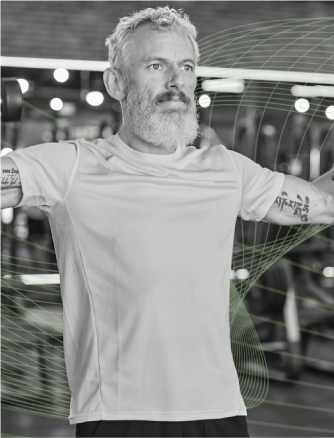This is custom heading element
September 1, 2016 | BY BIOTRICITY
Patient non-adherence is a key issue in chronic disease management, costing the U.S. healthcare system between $100 to $289 billion a year. Waqaas Al-Siddiq, Biotricity CEO & Founder, discusses how medical wearable devices connected through the internet of things (IoT) incorporate relevant, clinical grade data that could help healthcare providers understand and diagnose their patients’ conditions. Real-time data and feedback could also help physicians determine if patients are adhering to medical directives and encourage non-adherent patients to actively engage in managing their health.
Patient non-adherence
Waqaas draws on an article titled Patient Education and Adherence: How to Make It Cost-Effective, by James M. McKenney, PharmD. The article outlines four elements required when developing a program to enhance patient adherence: enabling, reinforcing, prompting, and problem solving. Waqaas asserts that the IoT could help with each of these elements. A medical wearable could enable a patient to adhere to treatments by providing reminders, instructions, and feedback. The feedback issued by a medical wearable could in turn reinforce patient adherence by letting a patient know if he or she is following instructions correctly, and demonstrate how adherence positively impacts their health. Likewise, medical wearables could offer reminders and suggestions to help a patient stay on track, which is a form of prompting. Finally, medical wearables have problem-solving potential because they can provide patients with real-time feedback. With real-time feedback patients have the immediate information they need to help make positive choices in their daily lives and take the right steps in following treatment protocols.
The right information in the right hands at the right time
Clinically accurate patient monitoring devices could improve disease management and health outcomes by collecting medically relevant, clinical-grade data and providing real-time feedback to patients. This feedback would include a benchmark assessment of patients’ conditions, and information about next steps. Waqaas says, “The optimal solution is to base the score from wearables on medical-grade data so that accurate and meaningful data is relayed to both the physician and the patient.” With the right feedback at the right time, patients can engage in their care after diagnosis with a chronic illness.
Read the entire article here. Waqaas’ article is available on HIT Leaders & News. HIT Leaders & News presents the latest healthcare IT trends and viewpoints.






